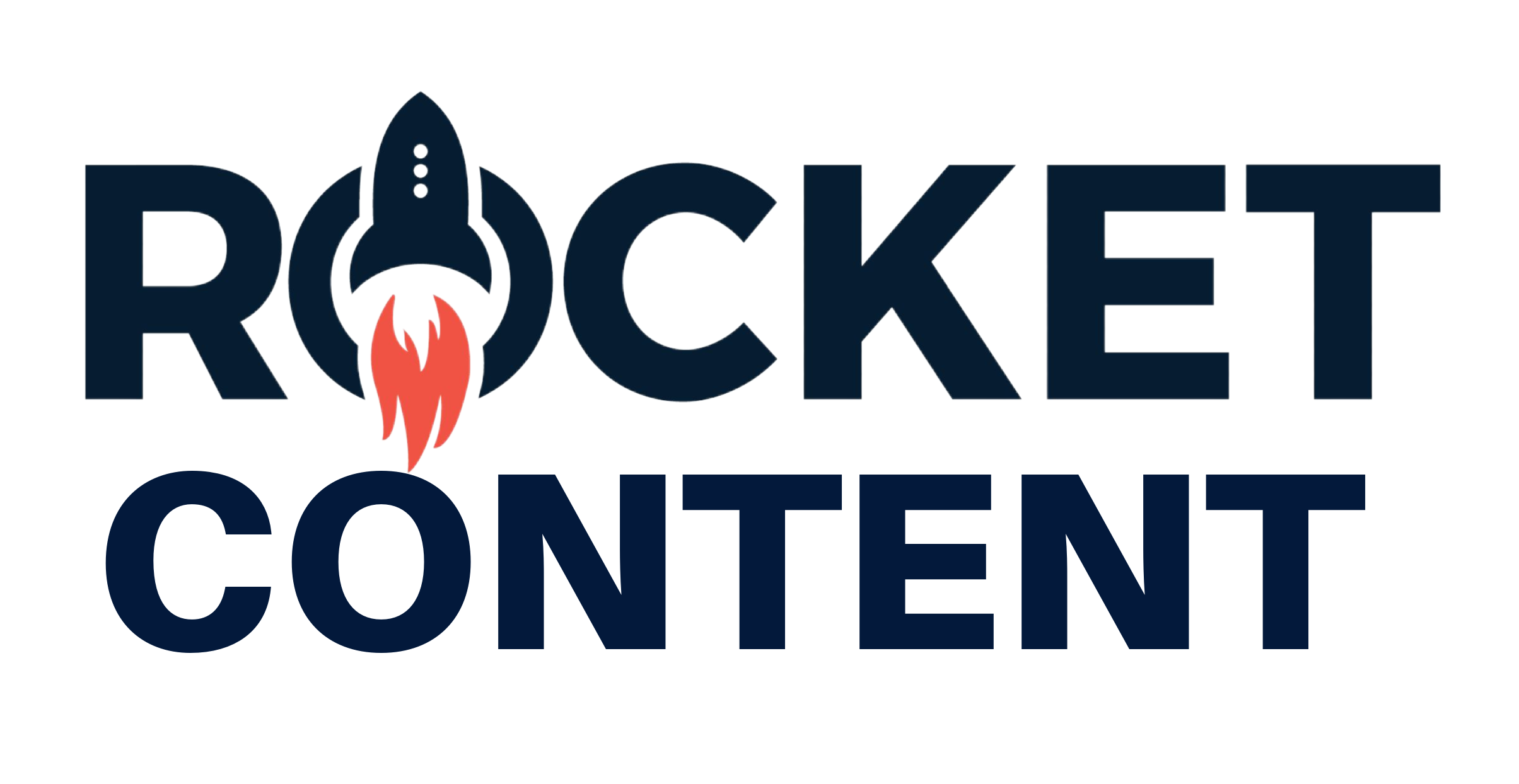A content model is a document that documents all the different types of content you will have for a given project. It contains detailed definitions on how each element belongs to other pieces in order and can be captured using an org chart-style diagram or spreadsheet depending upon your needs at hand – whichever one works better with what type of information you want to be included!
What Are The Benefits Of Content Modeling?
A content model is a way to organize, plan and promote your online marketing campaigns.
It can be used by anyone for their business needs – from entrepreneurs looking at starting up new ventures all the way down through established companies or content marketers that are just trying out different ways of reaching customers with social media or SEO strategies!
Content models can be a collaborative approach to working with your CMS. Taking time at the beginning and end-of-new projects, teams should model how their content will serve its purpose for an end-user by collaborating in advance so that every member understands what his or her role is within this process!
Teams are able to align from the beginning of the process in order for there not to be too many uncertainties throughout different stages where content passes through the development
It is beneficial early on when considering how things will change over time as well as what changes need to be made before moving on to the next phase or stage accordingly based on past experience
The use of content modeling helps teams prioritize goals and create an overview of the types of information they will produce.
Models are useful because they provide structure, allowing you to understand what is necessary for each entry in order to make your job easier while also encouraging reuse on adaptable reusable pieces if it’s relevant at certain times (such as when there isn’t enough time).
It can be challenging creating models that fit every business need but doing so provides benefits like increased efficiency with reused content which saves precious hours from having work put together again; this could help turn around missed deadlines or even save jobs!
Why Is A Content Model Important?
A content model is important because it helps clarify requirements and encourages collaboration between designers, developers creating the CMS(Content Management System), and content creators.
1- For those working in information architecture or on web pages design-wise – a good model will allow you to make sure everything has been considered for your site before getting started with any work; this means less wasted time trying to figure out where things go later!
At the same time, our model needs to support the content and functionality portrayed in design. If captions are included as part of the layout or an event’s date must be sorted by then it has been captured on this field for images; depending on how complex a site might get with details being sufficient enough for designers when starting out new projects.
2- The content model is useful for developers because it helps them understand the requirements and purposes of their project’s various pieces
If there are ways to accomplish a certain task in a CMS that this document doesn’t cover, then they can adjust accordingly so each part works together as intended.
With all other components involved instead of just guessing at what might be possible or impossible without knowing any specifics about your particular software provider’s platform offerings.
It also provides greater detail than some simpler models do since many different types come into play when designing websites.
3- If you want to make it as easy on an author or producer’s day-to-day workflow then possible, keep everything in the model intuitive.
Try not to repeat yourself too much and think about what they will be doing when writing their content each time; for example, if there are many identical pieces of information which can all go into one place (e.g., list items), have them put those at once instead so that way less work needs to be done!
What Are The Key Elements Present In Modeling Content?
There are a number of key factors to consider when designing content models, including the type and description for each field. Text fields store text-based information such as stories or articles; relation fields relate one piece of data with another using different relations like ” Equal” (in which they both contain equal amounts).
In the model for your content, you will have two different types. The first type is called Subject Models and these define all of what’s needed in order to organize structured information at various presentation levels.
This includes both fields as well relations between those items that must exist throughout every layer visible on our project’s interface (i e., pages
Secondly, there is a specifications model which clarifies how specific pieces should look when presented; these can be more rigid depending upon their particular requirements though they do not rely solely upon any single field or relationship existing across multiple layers.

What Are The Steps For Modeling Content?
The first step in the process for creating content modeling diagrams is to make sure that everyone on your team agrees about what kind of information should go where
The next thing you’ll want to do is establish some basic architectural concepts and consistently apply them throughout each diagram.
For example, identifying an input domain (something like a customer), output domains (products or services offered by the company), and attributes whose values may vary based upon these two points. –
i..e., demographics data are characteristics including gender identity; age range–and then mapping those differences out into various visual representation formats.
The first step is getting the whole design team, development crew, and content creators in one place so they can prepare for a new project. After that’s done it’ll be time to discuss how users are expected to interact with this particular piece of work as well as what outcomes were decided upon by all parties involved!
Some great questions to ask when trying to get everyone on board with the content strategy are:
1- What is the most important information that needs to be communicated?
2- What other info also has a place in this discussion, and how will they find it if needed?”
3- Is there anything changing often or staying still through long periods of time for our users’ UIs (user interfaces
4- And how will people find/interact with all these pieces together – through social media posts on Facebook, etc
5- What is the best way to communicate this information? What action should users take now that they have knowledge of it (ie., sign up for your product, share with others)?
6- And finally, what amount of Workflow is used for creating content? And Stakeholders involved in creating new content.
Bottom Line
Content models are becoming more and more valuable in today’s digital world. They can help a project run smoothly by defining clear guidelines for all the different stakeholders on that particular task, giving them an idea about what they need to do with their respective content types or assembly models before its time comes around.
In my experience working as both an editor/content strategist, I’ve found this skill especially helpful when striving towards mastery: it helps me understand how everything fits together so well!

Want to discuss your sites mission?
If you have any questions about the ghostwriter preise service or understand if it is right for you.
